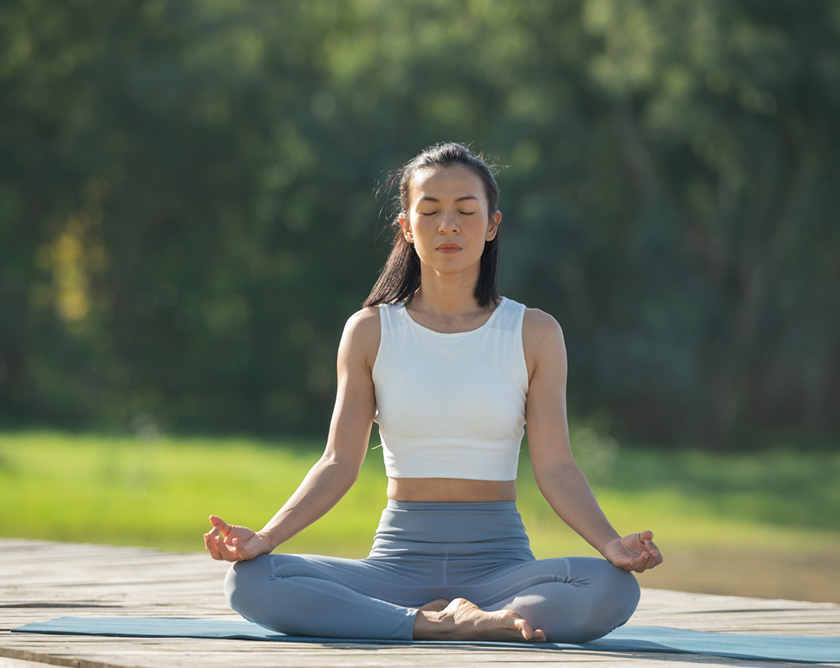Yoga in Recovery
A gentle return to your body, your breath, and your healing.
“You are not broken. Your body just needs a safe place to come home to.”
Addiction, trauma, and emotional pain often leave us feeling disconnected from our bodies. Movement may feel foreign, or even unsafe. Yoga offers more than physical benefits, it’s a path to rediscover safety, presence, and wholeness from within.
At TruPaths, we believe true healing involves the mind, body, and spirit. Yoga in recovery is not about perfect poses or flexibility. It’s about grounding in the present, breathing through discomfort, and gently rebuilding the relationship with your body, at your own pace.
Whether you’re new to movement or returning after time away, yoga meets you with compassion. Just show up. With breath. With curiosity. With care.






Mindfulness doesn’t mean “getting it right.” It means returning, again and again, to the present with compassion.